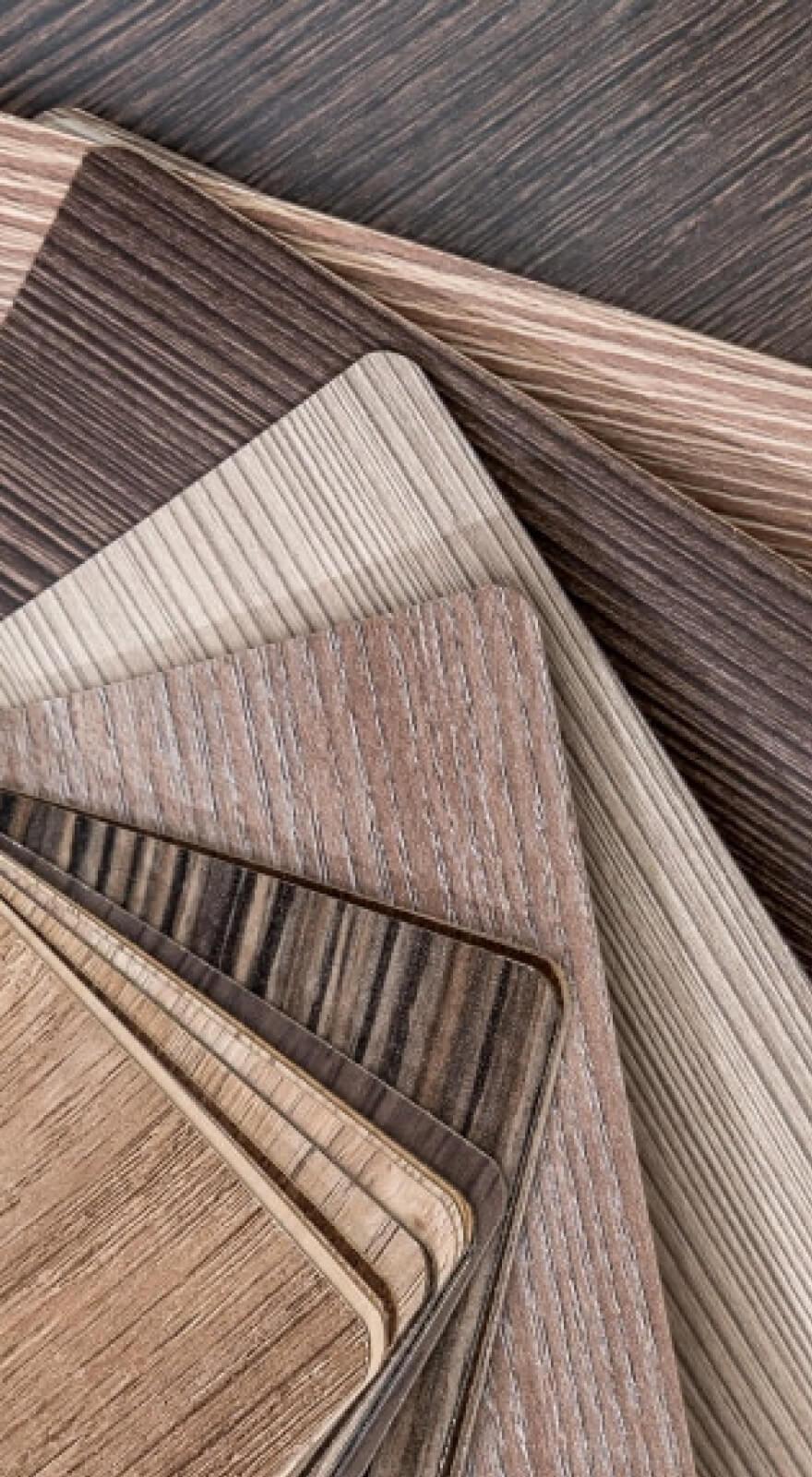Enhanced TDS
Knowde-enriched technical product data sheet
Identification & Functionality
- Chemical Family
- CASE Ingredients Functions
- Technologies
- Product Families
Features & Benefits
Applications & Uses
- Applications
- Application Method
- Compatible Substrates & Surfaces
- Cure Method
- Coating Type
- Suggested Applications
Formulated UV/EB curable products containing EBECRYL® 895 may be applied by lithographic, screen, gravure, direct or reverse roll, andcurtain coating methods.
EBECRYL® 895 is recommended for use in:- UV/EB curable inks and coatings where fast cure responsehigh cross-link density are desired.
Properties
- Physical Form
- Appearance
- Clear liquid
- Physical Properties
| Value | Units | Test Method / Conditions | |
| Acid Value | max. 10 | - | - |
| Color | max. 3 | Gardner | - |
| Density | 1.16 | g/cm³ | - |
| Functionality (Theoretical) | approx. 5.5 | - | - |
| Molecular Weight (Theoretical) | 520 | - | - |
| Residual Acrylic Acid | max. 200 | ppm | - |
| Solvent Content | max. 10 | - | - |
| Viscosity (25°C) | approx. 7500 | cP/mPa·s | - |
Packaging & Availability
- Country Availability
- Regional Availability
Storage & Handling
- Storage and Handling
- Care should be taken not to expose the product to high temperature conditions, direct sunlight, ignition sources, oxidizing agents, alkalis oracids. This might cause uncontrollable polymerization of the productwith the generation of heat. Storage and handling should be in stainless steel, amber glass, amber polyethylene or baked phenolic lined containers. Procedures that remove or displace oxygen from the material should be avoided. Do not store this material under an oxygen free atmosphere. Dry air is recommended to displace material removed from the container. Wash thoroughly after handling. Keep container tightly closed. Use with adequate ventilation. See the SDS for the recommended storage temperature range for additional information on the safe handling of acrylates

